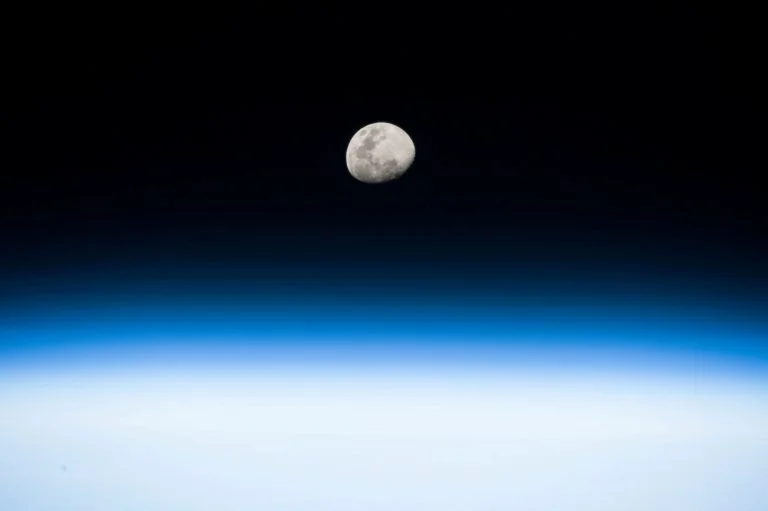
Japan’s iSpace Attempts Second Lunar Landing: Will ‘Resilience’ Stick the Landing This Time?
After a failed attempt in April 2023, Japan-based iSpace is gearing up for its second shot at landing on the Moon. The 750-lb. Resilience lander is slated to touch down in Mare Frigoris, a region in the Moon's far northern area, no earlier than June 5, 2025 (UTC) or June 6 in Japan. This upcoming attempt has the space community on the edge of their seats, eager to see if iSpace can join the ranks of successful lunar landers.
The Hakuto-R Mission 2, carrying the 11-lb. micro-rover Tenacious for surface studies, launched alongside Firefly Aerospace’s Blue Ghost lander back in January. While Blue Ghost completed its lunar mission in March, iSpace opted for a fuel-saving trajectory, reaching lunar orbit on May 6. Now, weeks away from its planned landing, the company released a stunning image of the spacecraft swooping by the moon with Tenacious tucked safely inside. 
The first Hakuto-R mission faced a setback during its landing attempt in April 2023 when mission control lost communication with the lander. A computer error was later determined to be the cause, making the spacecraft hover above the surface and eventually crash when it ran out of fuel. Takeshi Hakamada, CEO of iSpace, expressed his confidence in the team's preparation, stating, "We have successfully completed maneuvers so far by leveraging the operational experience gained in Mission 1... We will continue to proceed with careful operations and thorough preparations to ensure the success of the lunar landing."
The challenges of landing on the Moon are well-documented. As Elisha Sauers from Mashable points out, the moon's exosphere provides virtually no drag to slow a spacecraft down, and the absence of GPS systems requires engineers to compensate from hundreds of thousands of miles away. 
Even successful landings can face unforeseen issues. Intuitive Machines' Nova-C Athena lander, despite touching down successfully in March, ended up on its side in a crater. According to their preliminary assessment on May 12,Laser altimeter interference and the rugged lunar south pole terrain with low angle lighting conditions hampered the lander’s navigation system.
NASA's Lunar Reconnaissance Orbiter (LRO) have already captured images of the RESILIENCE lunar lander landing area. The site resides in Mare Frigoris, a volcanic zone known for its wrinkle ridges. These basalt eruptions occurred over 3.5 billion years ago.
With the lunar landing scheduled for June 6 in Japan, all eyes will be on iSpace as they attempt to navigate the complexities of a Moon landing. If the mission is a success, Resilience is expected to spend two weeks conducting experiments on the lunar surface before nightfall.
Will iSpace make history with its second lunar landing attempt? What challenges do you anticipate they might face? Share your thoughts and predictions in the comments below!